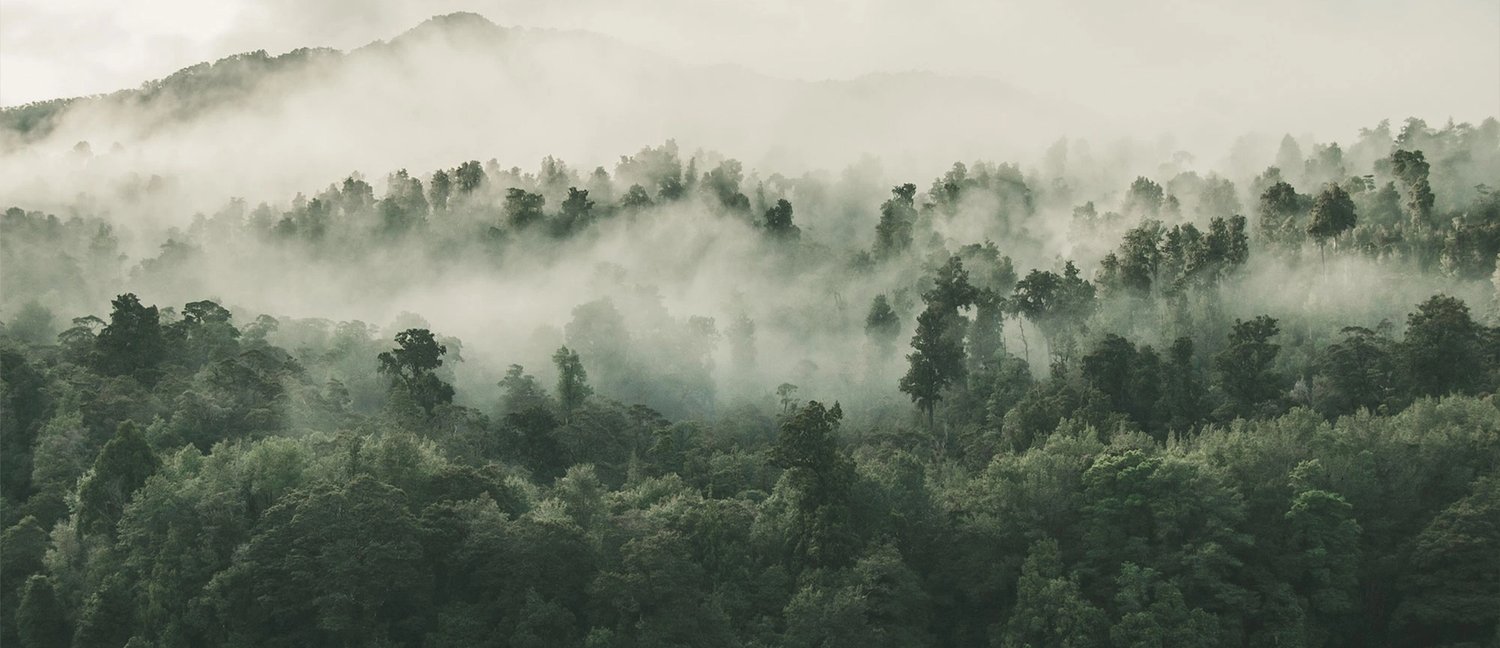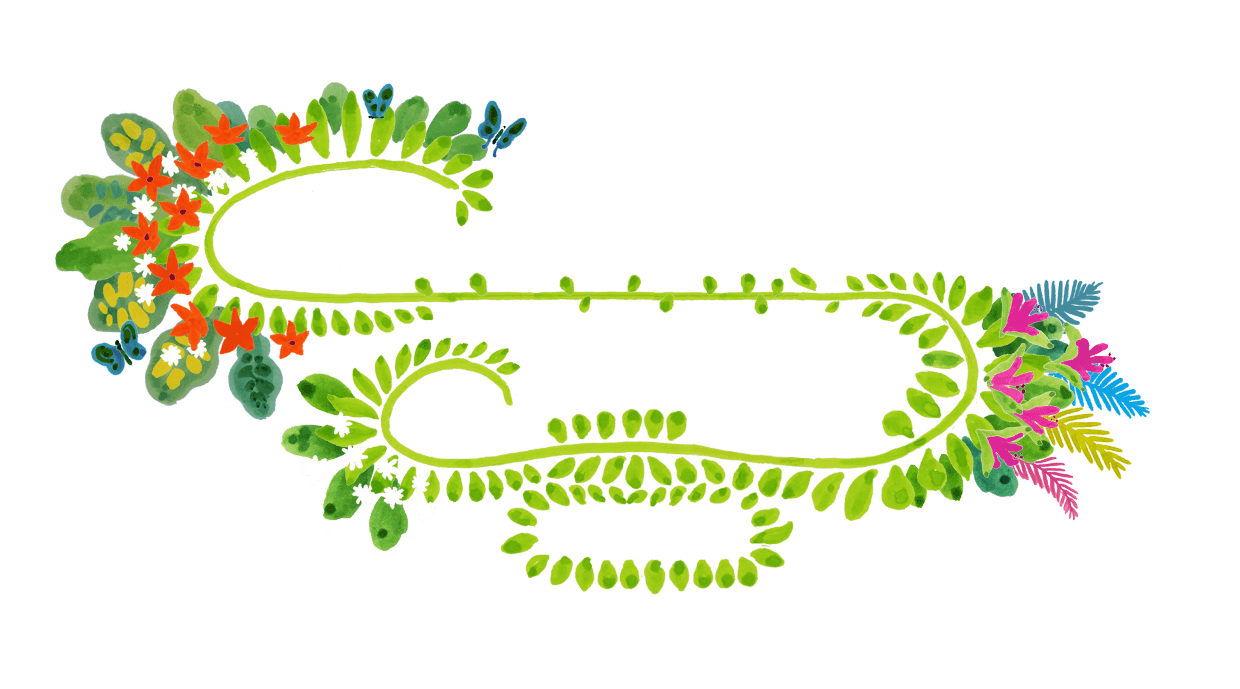
Insight
Why we need forest cover?
Words by: James Godfrey-Faussett
— Lead Forest Maker at SUGi
Around 25% of the cooling of our planet is through green leaved transpiration and mainly based around the work of our forests. Transpiration is a magical process that cools our atmosphere - regulating at the local urban level through to the larger global scale.
The process of water vapour being emitted from the leaves of trees and green leafed plants is well known but to allow the conversion of water into vapour, trees and plants draw on soil based heat for this conversion. This has the secondary effect of regulating the surface soil temperatures - a double cooling effect takes place ! Every inch of bare soil we see is potentially heating up our atmosphere while every green living inch is working to regulate soil and atmospheric temperature.

Trees also seed our atmosphere with literally billions of tonnes of beneficial terpenes and bacteria a year - these work like magnets to attract invisible atmospheric moisture and allow cloud formation to begin. The trees being the instigators of their only precious rainfall. In this way it can be said rain needs forests as much as forests need rain - the balance of nature.
It’s been observed that in the right conditions just a few hectares of new afforestation can cause a mini micro climate and alter the local precipitation levels.
On a smaller scale - one of the benefits of the dense initial planting of the Miyawaki method is the rapid creation of a mini microclimate, based around the processes of transpiration. The rapid formation of a young multi-layered and dense canopy creates a humid low level ground atmosphere that is ideal for vibrant growth - regulating the temperature and humidity and increasing photosynthesis.
In a way a semi instant microclimate is created, where the ambient low level heat is regulated and optimised. The transpiration via leaves keeps the immediate area cool and hydrated.
This has the beneficial knock on effects of aiding organic matter breakdown and availability, plus beneficial fungal formation - both requiring constant moisture. This mini micro climate is also conducive to biodiversity formation and creates the haven needed for happy organisms to move in and flourish rapidly!

Via the mini micro climate formation we can greatly reduce the need for ‘artificial’ watering during the all important establishment stage. This combined with good mulching and fertile, spongy soil are key factors within the Miyawaki method that enable minimal maintenance and ongoing costs.
Nature manages without artificial watering by regulating it herself through a series of subtle and unseen processes. So if observed and mirrored properly, hopefully we can learn a little from nature and her unseen subtleties.




